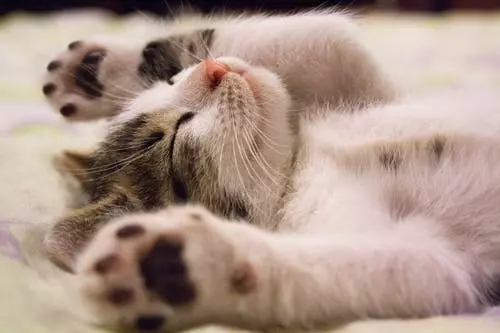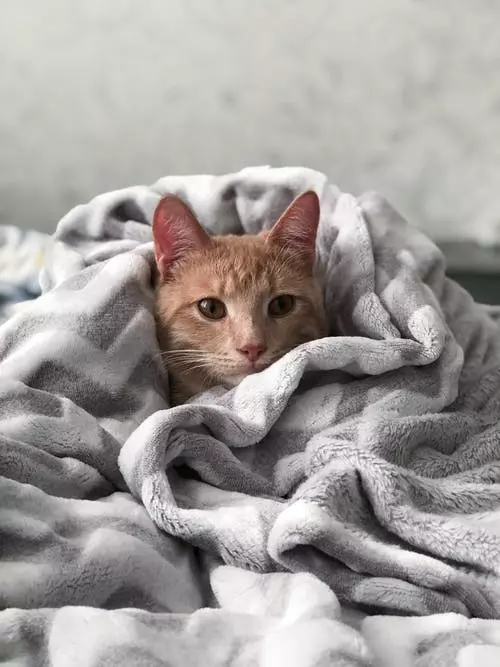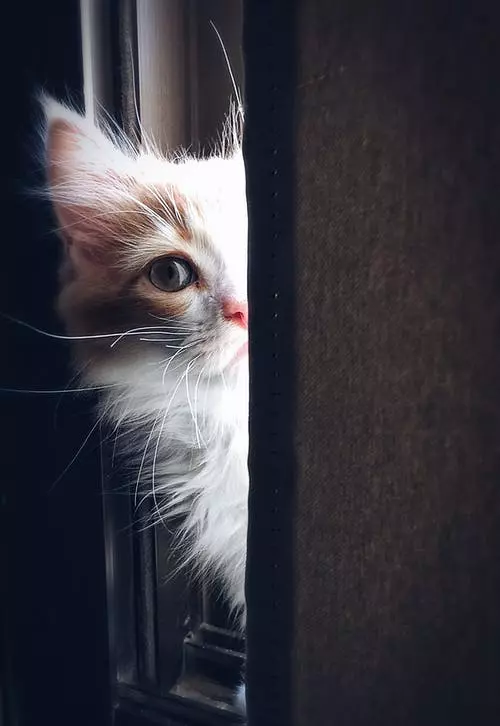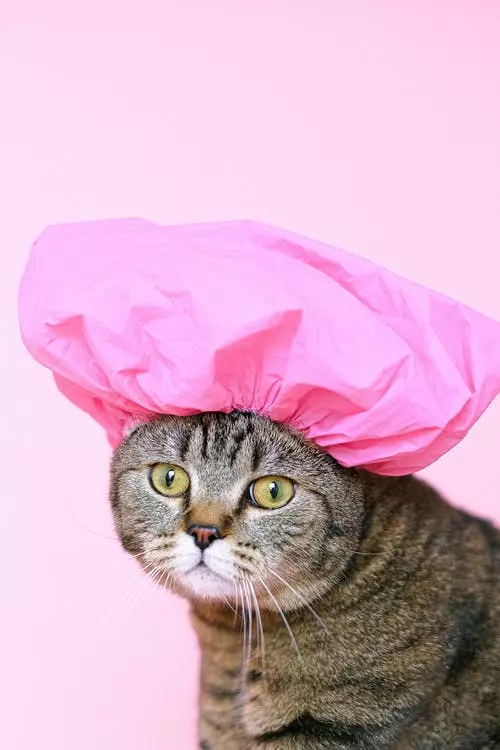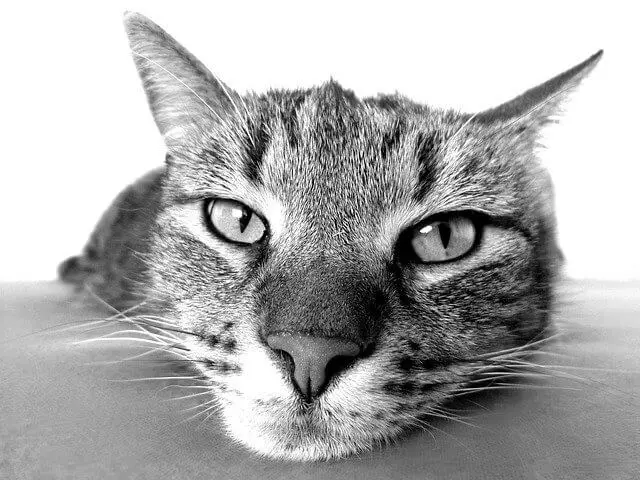Grooming plays a vital role in maintaining a cat’s health and well-being. It not only keeps their coat clean and shiny but also helps prevent various health issues. However, for many cat owners, managing grooming sessions can be challenging, especially when their feline friends are reluctant or anxious. In this article, we will explore effective strategies to cope with grooming before settling down, ensuring a stress-free experience for both you and your beloved cat.
Is Grooming Necessary for Cats?
Cats groom themselves naturally as it is an instinctive behavior for maintaining cleanliness. It helps them regulate their body temperature, promotes blood circulation, and releases endorphins. However, as a cat owner, you still need to supplement their self-grooming efforts to ensure their coat remains healthy and free from mats and tangles.
Understanding the Challenges of Grooming Cats
Some cats may be reluctant towards grooming due to various reasons. They may have sensitivity to touch or unfamiliar sensations, fear or anxiety associated with grooming tools, or negative past experiences or trauma. It is essential to address these challenges and find ways to make grooming a positive and comfortable experience for your cat.
Building Trust and Familiarity
To help your cat become more comfortable with grooming, start by introducing gentle touch and petting. Gradually introduce the idea of being touched and handled, using positive reinforcement such as treats and praise to associate grooming with rewards. Be patient and allow your cat to set their own comfort level, progressing at their pace.
Introducing Grooming Tools Gradually
Familiarizing your cat with grooming tools is crucial to overcome their fear or anxiety. Begin by placing grooming tools near your cat during playtime, allowing them to sniff and investigate the tools at their own pace. Gradually introduce the tools by gently touching their body with them. This gradual approach helps your cat become familiar with the grooming tools and reduces their apprehension.
Creating a Calm and Relaxing Environment
Choosing the right time and place for grooming sessions is important. Select a quiet and comfortable location where your cat feels safe. Avoid distractions or noises that may startle or stress your cat during grooming. Opt for a time when your cat is relaxed, such as after a play session or meal, as this can help them be more receptive to grooming.
Techniques for Successful Grooming Sessions
Brushing your cat’s coat is an essential part of grooming. Choose the appropriate brush for your cat’s fur type and start with short and gentle brushing sessions. Gradually increase the duration and focus on areas your cat enjoys being brushed, such as the cheeks or back.
Trimming your cat’s nails is another important grooming task. Use specially designed cat nail clippers or a grinder. Introduce your cat to the tools gradually and touch their paws gently. Reward your cat after successful nail trimmings to make it a positive experience.
Cleaning your cat’s ears and eyes should be done with care. Use a damp cotton ball or pad to gently wipe around the ears and eyes. Be cautious and avoid any sudden movements that may cause discomfort. If you notice any abnormalities or excessive discharge, consult with a veterinarian for further guidance.
Frequently Asked Questions (FAQs)
Q1: How often should I groom my cat?
The frequency of grooming sessions depends on your cat’s breed, coat length, and individual needs. Generally, regular brushing is recommended at least once a week, but long-haired cats may require daily grooming.
Q2: Can I use human grooming products on my cat?
No, it is essential to use cat-specific grooming products. Human products may contain ingredients that are harmful to cats if ingested or absorbed through their skin.
Q3: My cat hates grooming and becomes aggressive. What should I do?
If your cat shows extreme aggression or fear during grooming, it is advisable to seek professional help from a veterinarian or a cat behaviorist. They can provide guidance and suggest appropriate techniques to manage such situations.
Q4: Are there any alternatives to grooming if my cat refuses to cooperate?
While grooming is important, some cats may have difficulty tolerating it. In such cases, professional grooming services can be considered. Additionally, maintaining a healthy diet and providing environmental enrichment can help reduce the need for excessive grooming.
Conclusion
By understanding the importance of grooming and implementing effective techniques, you can help your cat become more comfortable with the grooming process. Remember to be patient, use positive reinforcement, and gradually introduce grooming tools. With time and effort, grooming can become a pleasant bonding experience for you and your feline companion.


